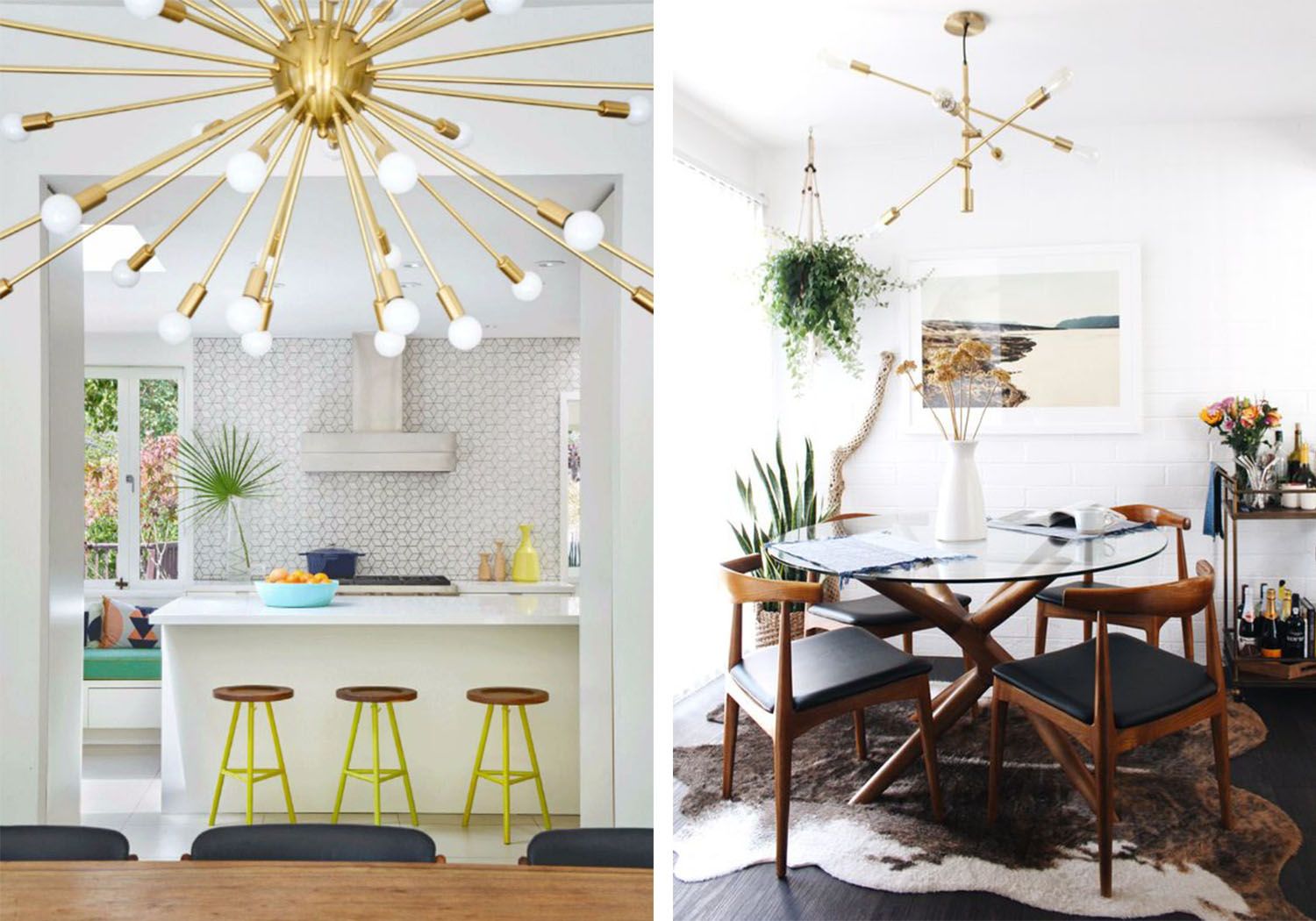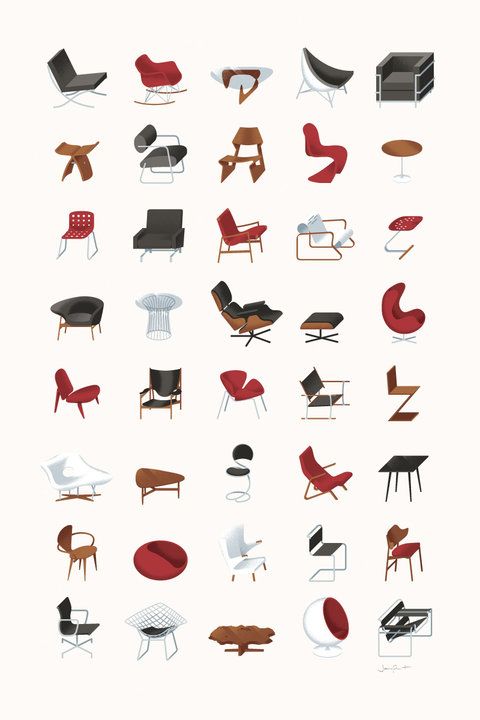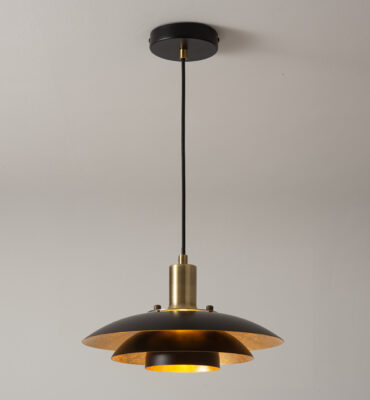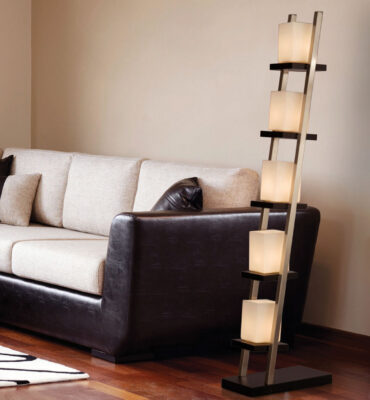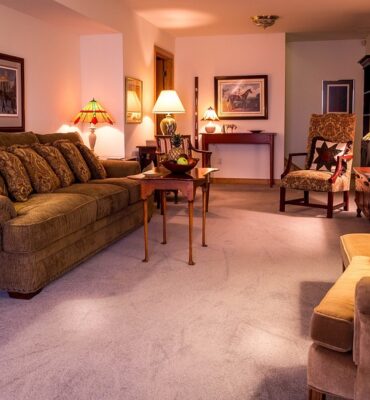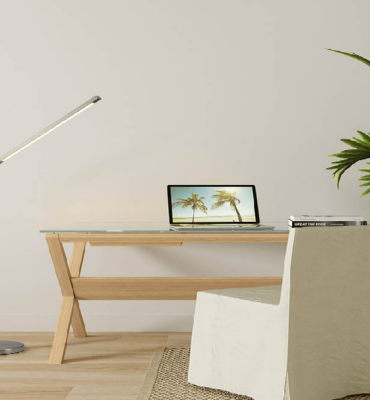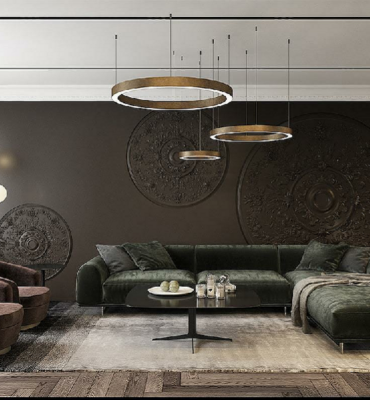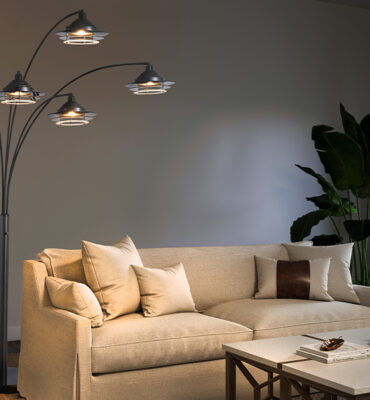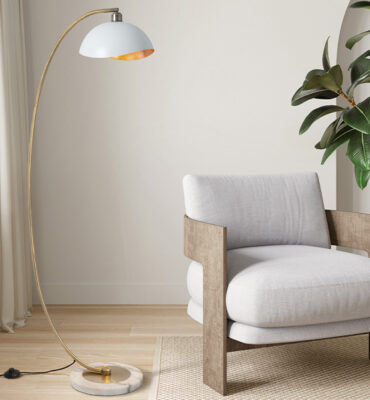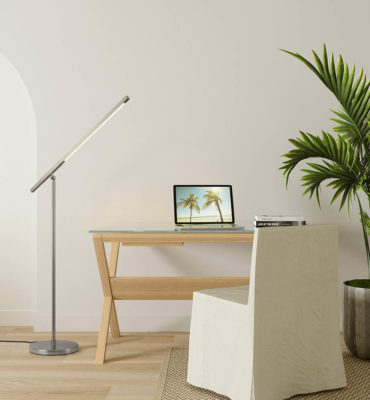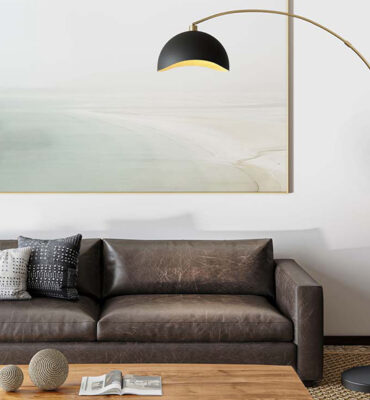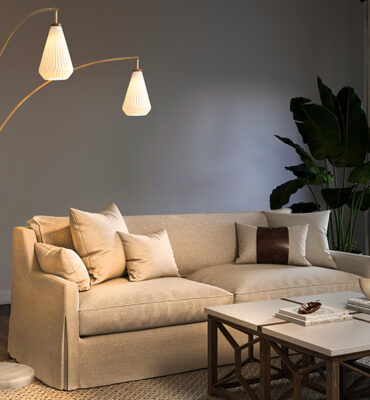Modern style. Contemporary design. It is an insignificant matter to many, but to a few, an issue of great import. That’s how folks look at modern vs. contemporary style today. Where each of us stands is probably down to just how interested in the design world we are.
Many use the terms modern style and contemporary style interchangeably. However, in interior design circles, they are not the same style. Let’s explore:
Why It’s Important to Understand
If we know how modern and contemporary styles differ and how they’re the same, we can make well-informed decisions about our own interior design choices. Then, we’ll more likely be satisfied with the finished results of our new home’s decor or the look of a room or whole-house redo we’ve just completed.
Modern Style
Modern style refers to a specific period. For this guide’s purpose, let’s narrow modern style down to one period, the iconic Mid-Century modern style, at its peak in the middle of the 20th century, from the 1950s through the 1960s.
It’s a design style that’s at once spare with clean lines, warm and earthy where form and function are one, making the style both practical and beautiful.
We often associate Mid-Century modern with chairs because the furniture designers of the period excelled at genius chair design.
Whether you’re captivated by the Eiffel dining chair because it reminds you of a Paris holiday or has fallen for the lovely shape of the Panton S-chair, you understand the draw of Mid-Century chairs.
Contemporary Style
Contemporary style does not reference a specific period. It is all about what is trending at the moment, the design forms, the materials, and the colors. Less is more might be the motto of contemporary design. That is not to say the styles of past eras never influence contemporary style.
Those elements from previous design styles that fit seamlessly into contemporary style may often include Mid-Century (think how gorgeous the iconic Panton S-chair, a Saarinen Tulip Table, or a white leather Eames Lounge Chair looks amid a contemporary room design.
Many Art Deco pieces seem to be specially made for contemporary spaces. One great example is how beautifully Art Deco wall mirrors and mirrored furniture merge into rooms in a contemporary style.
Similarities That Matter
Both styles show off bare legs on sofas and chairs. These exposed legs give seating a lighter, sleeker look that’s clean and easy to live with.
No overly ornate elements in either style. Even decorative accessories and tableware tend to be sleek, simple, and stylish.
Modern and contemporary styles usually feature open floor plans with a living room, dining room, and kitchen situated adjacent to each other with open views and access to all three rooms.
Art is vital to both styles, though Wall art in contemporary rooms tends to be oversized and a bit more, shall we say, flamboyant.
Differences to Note
Modern style favors clean straight lines while contemporary style may also include lots of soft curves. Consider the curved shapes of contemporary seating, sofas, loveseats, and chairs.
Modern style often feels earth and more relaxed, perfect for casual laidback lifestyles, while contemporary style can feel more high-end and a bit more formal.
Materials are uber important to both styles though the individual materials may differ. Dark woods and bent plywood abound in modern style with some plastic pieces, while contemporary spaces often show off glass, acrylics, and other human-made materials to great advantage.
Designer Take-Aways
- Mid-Century Modern style refers to a specific period, the 1950s to 1960s.
- Contemporary style refers to what is currently trending in style.
- Contemporary style is ever-changing from one decade, or even one year to the next,
- Contemporary style often includes elements of historical styles like modern and Art Deco.
- Open and airy living spaces are the norm in both styles.
- Art is vital to both design styles.
- Mid-century modern lighting is highlighted by the Arc Floor Lamp born of the period.



